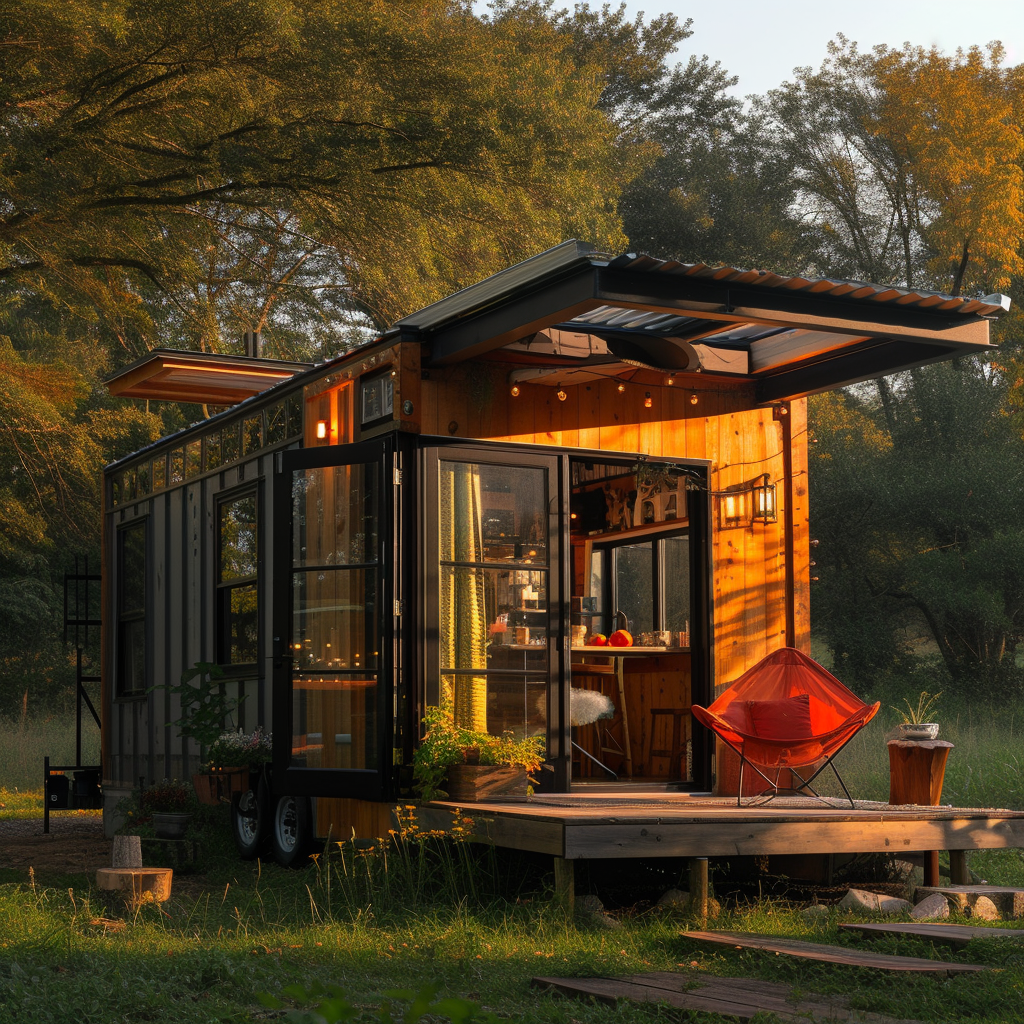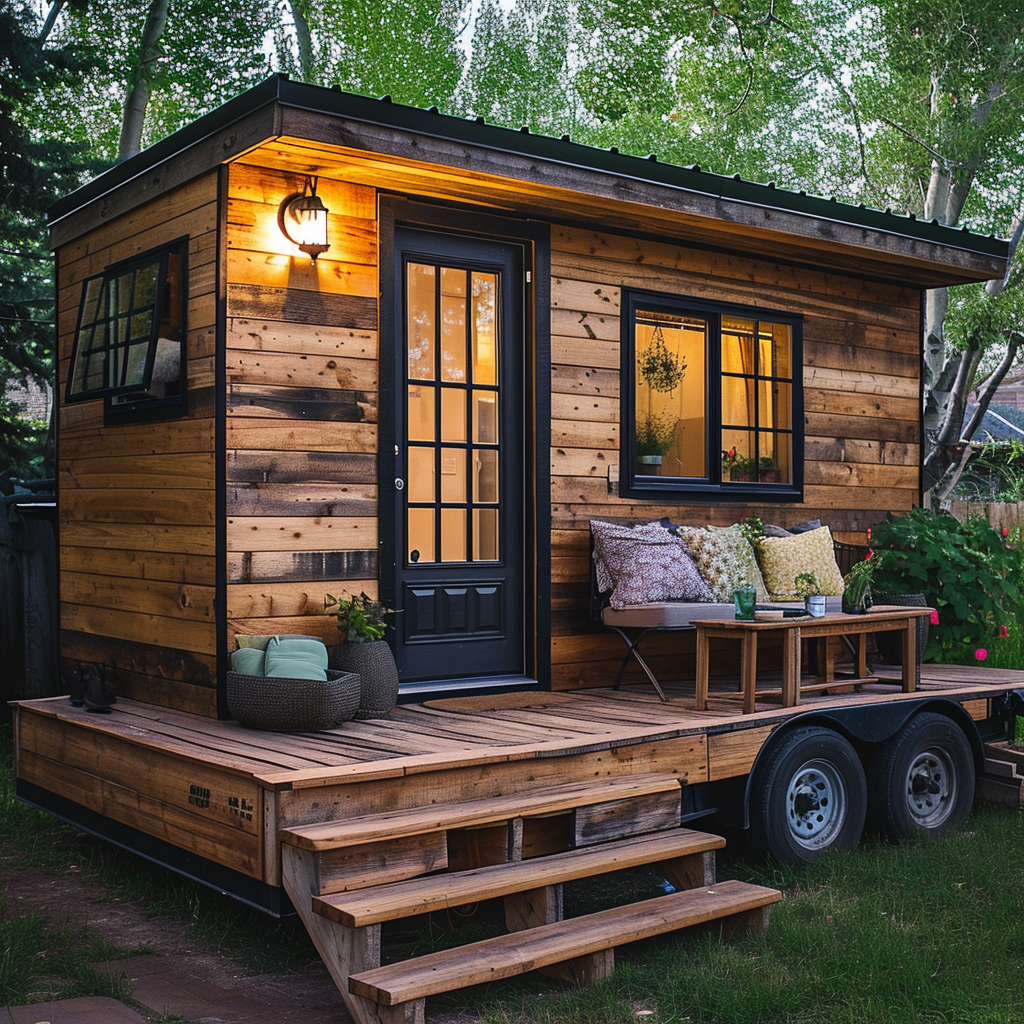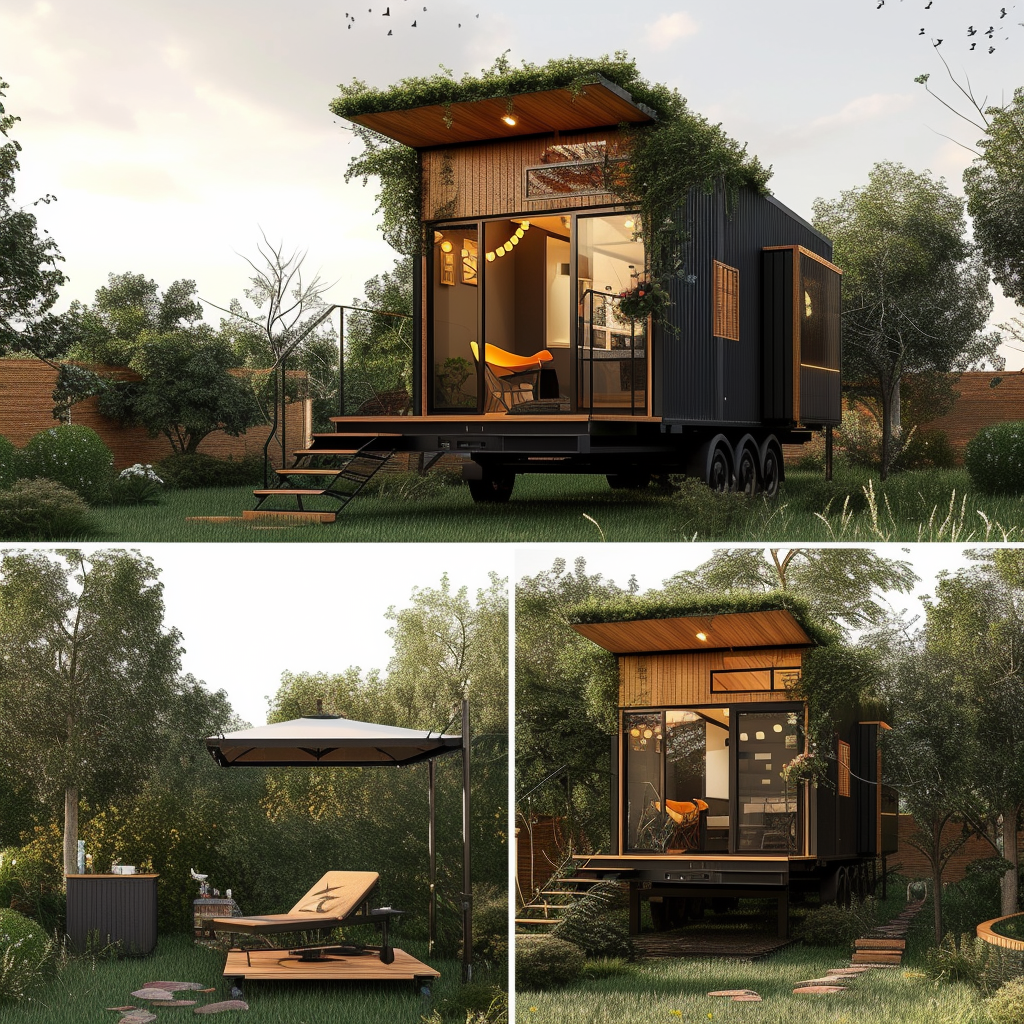Have you ever wondered what it would be like to live in a tiny house? You know, those cute, compact homes that seem to be all the rage these days. Well, while they may have their appeal, there are actually quite a few drawbacks to living in a tiny house. In this article “Why You Don’t Want To Live In A Tiny House”, we’ll explore some of these drawbacks in detail so you can make a more informed decision if you’re considering downsizing to a tiny home.
First and foremost, let’s talk about space. Or rather, the lack thereof. Living in a tiny house means having to constantly navigate around limited square footage, which can feel constricting and claustrophobic. Forget about having separate rooms for different purposes – in a tiny house, everything is all in one open space. While this may work for some people, for others it can feel suffocating and make simple tasks like cooking or entertaining a challenge.
Another drawback of tiny house living is the lack of storage. With such a limited amount of space, it can be difficult to find a place for all your belongings. Sure, you can try to downsize and declutter, but there’s only so much you can fit into a tiny house. This means you’ll have to get creative with your storage solutions, which can be time-consuming and frustrating. Plus, constantly living in a cluttered environment can have a negative impact on your mental well-being.
Lastly, let’s not forget about the practicalities of tiny house living. Sure, they may be cute and eco-friendly, but they also come with their fair share of challenges. For example, many tiny houses are not connected to the grid, meaning you’ll have to rely on alternative energy sources like solar panels or wind turbines. While this may sound appealing to some, it can also be a hassle and require a lot of maintenance. Additionally, living in a tiny house can make it difficult to have guests over or entertain, as there simply isn’t enough space for everyone.
So, while the idea of living in a tiny house may seem charming and idyllic, it’s important to consider the drawbacks before making the leap. In the rest of this article, we’ll delve deeper into these drawbacks and provide you with more information on whether tiny house living is the right choice for you.
Exploring the drawbacks of tiny house living
Tiny houses have gained popularity in recent years as a solution to the increasingly burdensome cost of housing and the desire for a minimalist lifestyle. While they may seem like a great idea on the surface, it’s important to consider the drawbacks that come with tiny house living. In this article, we will explore the various challenges and limitations that individuals may face when choosing to live in a tiny house.
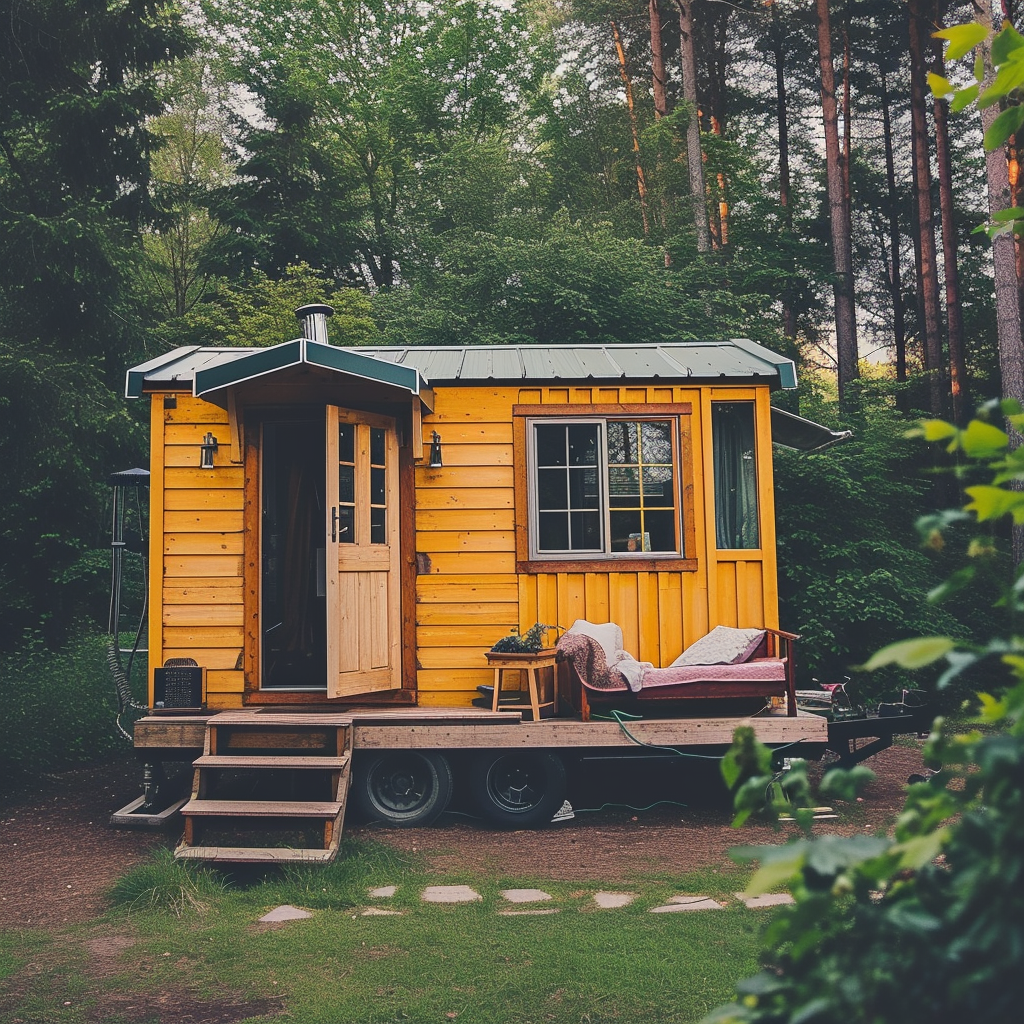
Lack of space and storage
One of the most obvious drawbacks of tiny house living is the limited amount of space available. With a floor area often ranging from 100 to 400 square feet, it can be challenging to fit all of your belongings and maintain a comfortable living environment. This lack of space also extends to storage options, making it difficult to find a place for all your essentials. Without proper storage solutions, your tiny home can quickly become cluttered and disorganized, resulting in a constant feeling of being cramped.
Limited amenities and utilities
Living in a tiny house often means sacrificing certain amenities and utilities that we take for granted in larger homes. For example, you may not have access to a full-size kitchen, forcing you to rely on compact appliances or even portable cooktops. Additionally, the lack of space may result in the absence of a dedicated laundry area, leaving you to either hand wash or find alternative arrangements. These limitations can be frustrating and may require significant adjustments to your daily routine.
Difficulty accommodating guests
Tiny houses are designed to maximize efficiency and minimize space usage, which can make it challenging to accommodate guests. Limited seating, sleeping arrangements, and privacy can make hosting friends and family a daunting task. While some tiny homes may have fold-out options for additional sleeping space, it may not be the most comfortable experience for guests. This limitation can impact your social life and make it difficult to have overnight visitors.
Issues with privacy
Privacy is another significant concern when living in a tiny house. With limited space, it can be challenging to find a quiet area to relax, work, or have personal moments. Even basic activities like making a phone call or having an intimate conversation can become challenging when there are no separate rooms to retreat to. This lack of privacy can be a source of stress and may make it difficult for some individuals to adjust to tiny house living.
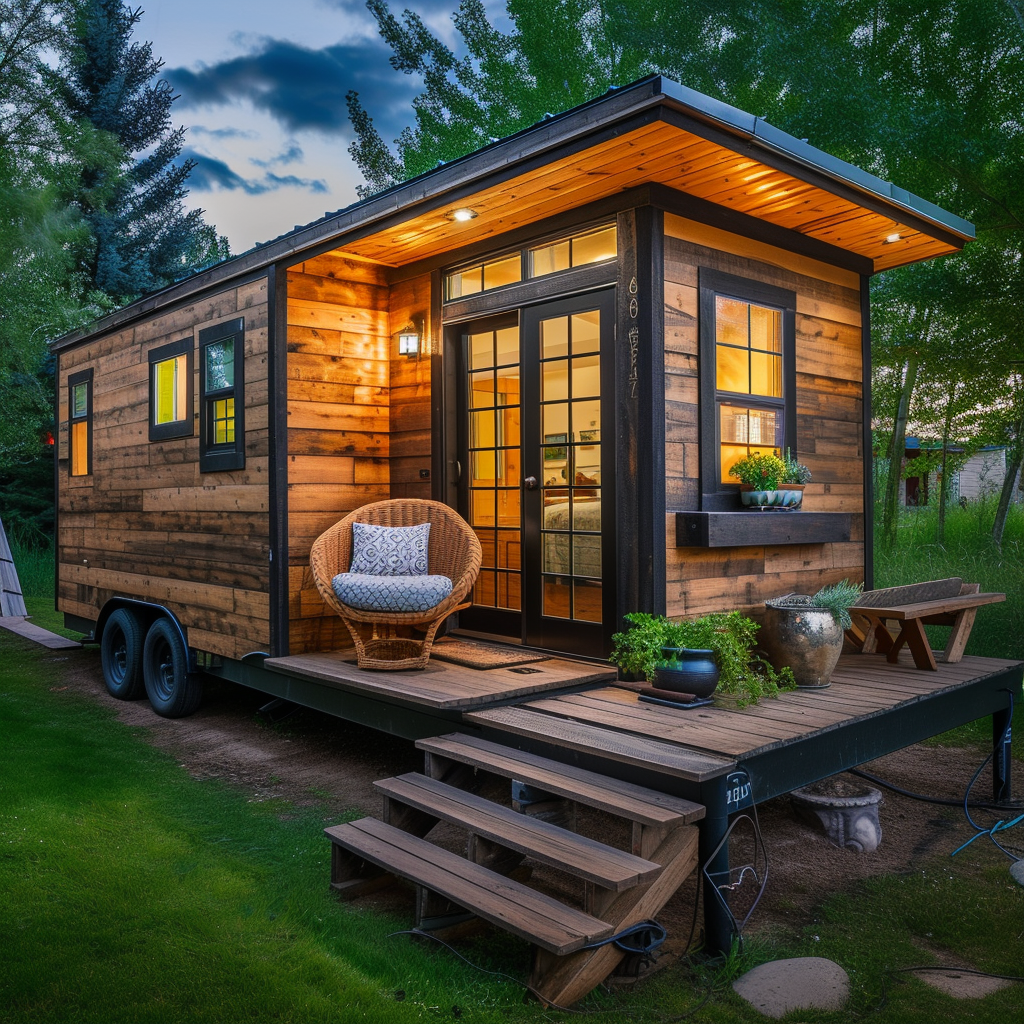
Challenges with zoning regulations
Tiny house living can also present issues with zoning regulations. Many municipalities have minimum square footage requirements for residential properties, which may not align with the size of a tiny house. This can make it difficult to find a suitable location to park or build your tiny home legally. Zoning regulations can vary significantly depending on your location, so it’s vital to research and understand the local laws before committing to tiny house living.
Maintenance and upkeep challenges
Maintaining a tiny house can be more challenging than a traditional home due to the limited space and unique design elements. The compact nature of tiny homes makes it difficult to access certain areas for repairs or routine maintenance. Additionally, since tiny houses are often built on wheels or have limited foundations, they may be more susceptible to wear and tear caused by movement or exposure to the elements. Regular maintenance and repairs can be time-consuming and costly, especially if you lack the necessary skills or resources.
Potential for feeling claustrophobic
Living in a tiny house can have psychological implications as well. The confined space and minimalistic lifestyle can lead to feelings of claustrophobia and restlessness for some individuals. The lack of room for personal belongings, limited mobility within the space, and the constant visual reminder of living in such a small area can contribute to a sense of confinement. It’s essential to consider your personal comfort and whether you can adapt to such a limited living environment before committing to tiny house living.
Limited resale value
While a tiny house may seem like a cost-effective solution, it’s important to consider the long-term financial implications. Tiny houses typically have limited resale value compared to conventional homes. The niche market may make it challenging to find potential buyers, and the demand for tiny homes can fluctuate over time. This limited resale value can make it more difficult to recoup your initial investment or make any profit when you decide to move on from tiny house living.
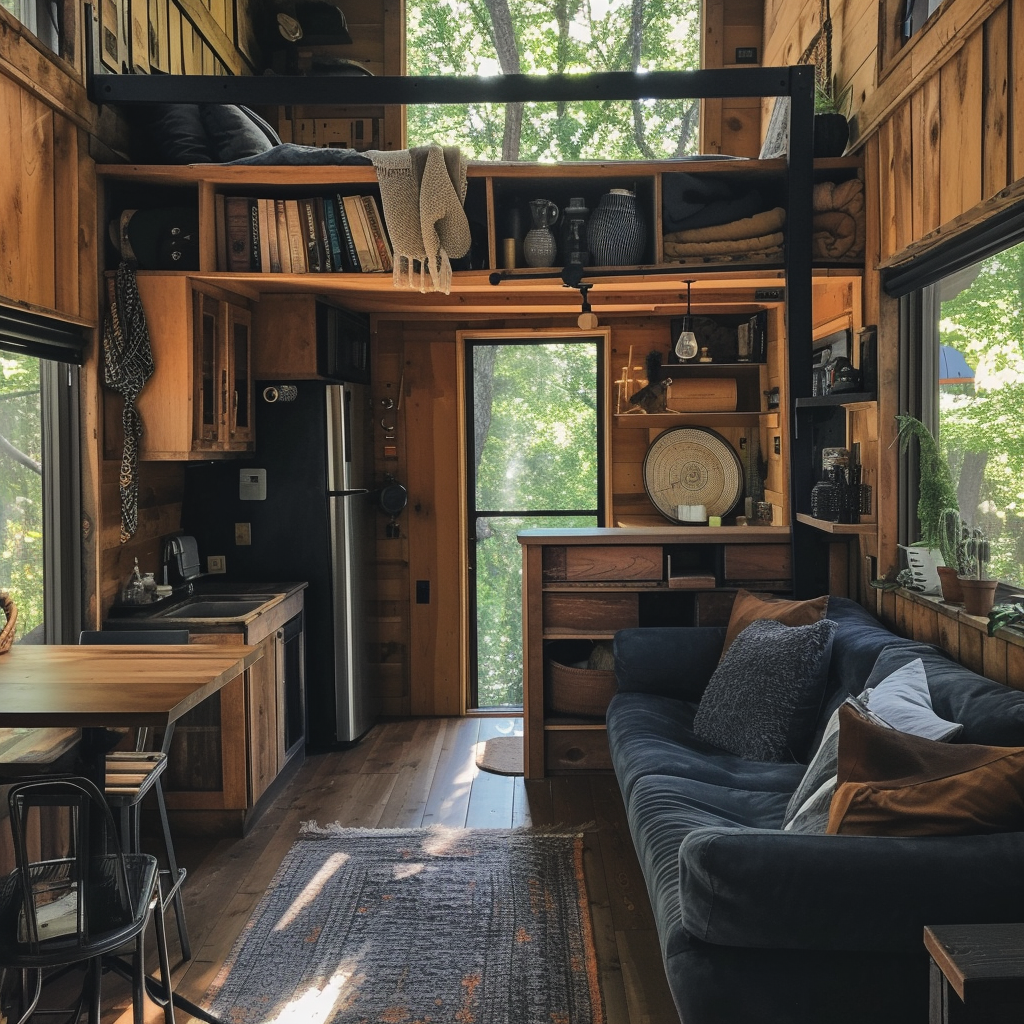
Impact on social life
Living in a tiny house can have an impact on your social life as well. The lack of space for gatherings or entertaining guests can make it challenging to host events or have friends over. Additionally, the privacy concerns mentioned earlier may make it less inviting for others to visit or spend time with you in your tiny home. This limitation can affect your ability to connect with others and have an active social life, which is an important aspect of overall well-being.
Environmental concerns
Although tiny houses are often celebrated for their eco-friendly features and reduced environmental footprint, there are still some environmental concerns associated with tiny house living. Depending on the construction materials, insulation, and energy sources used, tiny houses may not always be as sustainable as they appear. Additionally, the small size can restrict the use of renewable energy technologies and limit options for composting or other sustainable waste management practices. It’s important to carefully consider the environmental impact of tiny house living and ensure that your chosen design and lifestyle align with your sustainability goals.
Conclusion
In conclusion, while tiny house living may sound appealing, it’s crucial to weigh the drawbacks before making a commitment. The limitations in space, storage, amenities, and privacy can pose significant challenges for individuals seeking a comfortable and convenient living environment. Additionally, zoning regulations, maintenance requirements, potential feelings of claustrophobia, limited resale value, impact on social life, and environmental concerns further complicate the decision. Ultimately, the choice to live in a tiny house should be a well-informed and carefully considered one, taking into account your personal preferences, lifestyle, and long-term goals.

